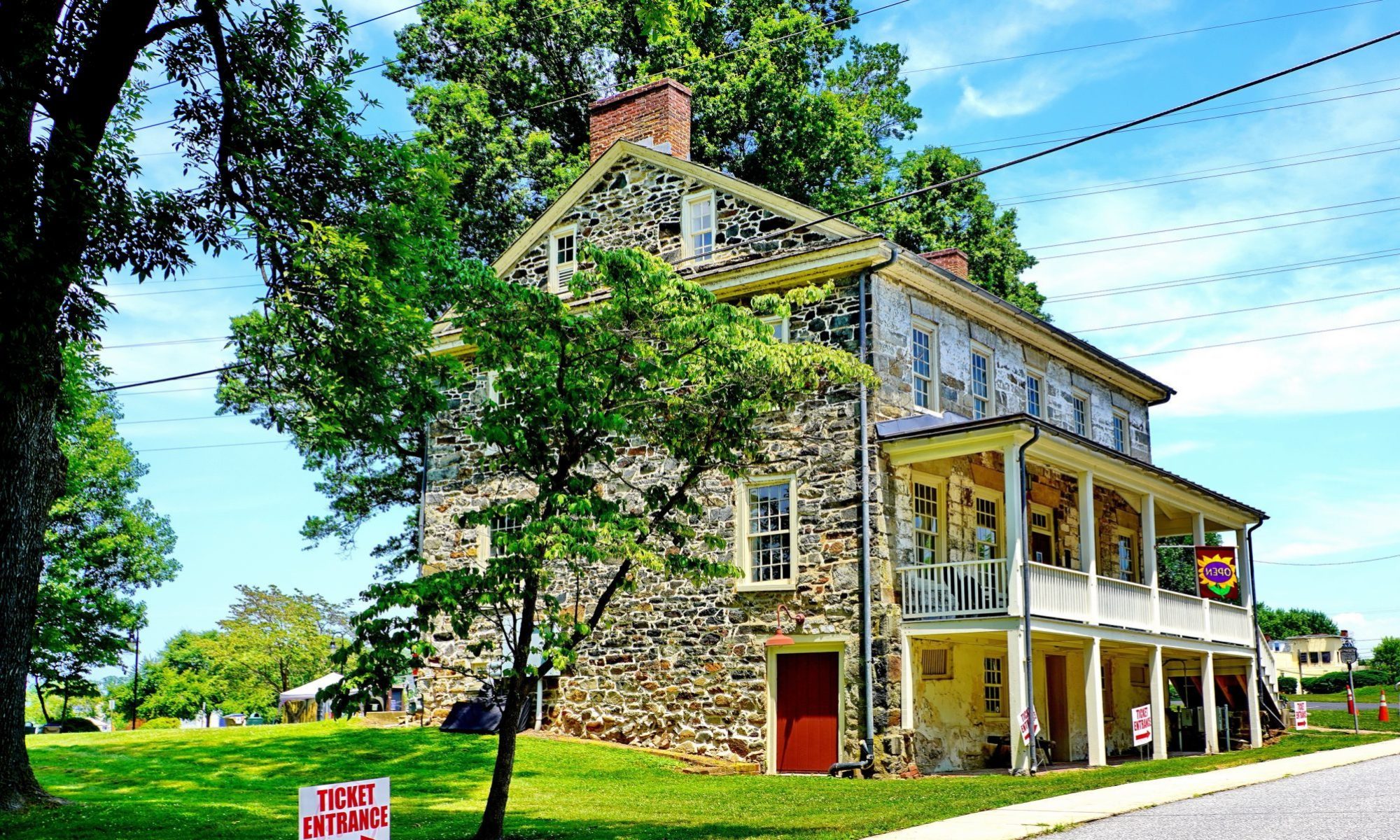Originally Published Dec. 8, 2016
Charlestown, a charming place nestled on the shore of the North East River, has a fascinating past. Its surviving

This didn’t happen by chance. In the early 1970s, civic leaders became the force behind the “past-way to the future,” shepherding in an expansive preservation movement. Colonial Charlestown, a nonprofit formed, and in quick succession things happened. At the urging of residents, the municipality decided in 1974 that the “town needed a facelift, choosing “restoration as its pathway to improvement,” the News Journal reported.
The next year, the town put zoning regulations in place to safeguard the cultural landscape. Also, with assistance provided by the Maryland Historical Trust, the community was placed on the National Register of Historic Places as 18th century structures were restored and successful colonial fairs drew crowds to town. These progressive steps guaranteed that historical and architectural resources would be protected.
A number of preservationists facilitated activities that saw the county’s oldest municipality evolve, becoming the most active center in Cecil for heritage activities. Nelson H. (Heise) McCall guided the formative process, becoming the first chairman of the town-appointed historic district commission in 1975. He passed away in 1997, and Rebecca Phillips, assumed leadership of the commission. In September, the 94-year-old stepped down from the presiding position, making Ron Edwards the third chairman.
We recently talked to Rebecca about the history of the community and heritage-related activities. The civic leader’s devotion to history comes through in the many things she has been involved in. Beyond the commission, she was the president of the Historical Society of Cecil County, and there were leadership roles in the Daughters of the American Revolution, Colonial Charlestown, and the Cecil Historical Trust.
After talking to Rebecca and her husband, Bob, 94. we drove around the quaint town, as they pointed out historic structures and their stories. Rebecca proudly notes that she has lived “in the garden spot of the world” all her life. Bob was born in Childs as his father worked for the B & O Railroad, but they soon moved to Mechanics Valley. Rebecca attended Charlestown’s two-room school and they met when both started attending the upper grades in North East.
Along the way, we discussed multiple facets to preservation success in Charlestown, while hearing about the strong connection between the past and present. The municipality has capitalized on its history, safeguarding local heritage while being a good steward of what was inherited by the current generation. Colonial Charlestown, the nonprofit, fosters pride in the past and operates the 107 House.
“We accomplished a lot. People got involved and from the time Heise got us organized, they started fixing up old properties,” the retiring chairwoman reflected.
Charlestown has identified, protected, enhanced, and promoted those places that differentiate it, and it is one of the best examples of how historic preservation creates a strong viable place. And community civic leaders were the catalyst.
For additional photos on our visit to Charlestown in Nov. 2016 click here.
Also see: Enjoying the Past in Charlestown’s Historic District from 2013
Notes: Mrs. Phillips passed away on Dec. 18, 2018. Click here to read the obituary















